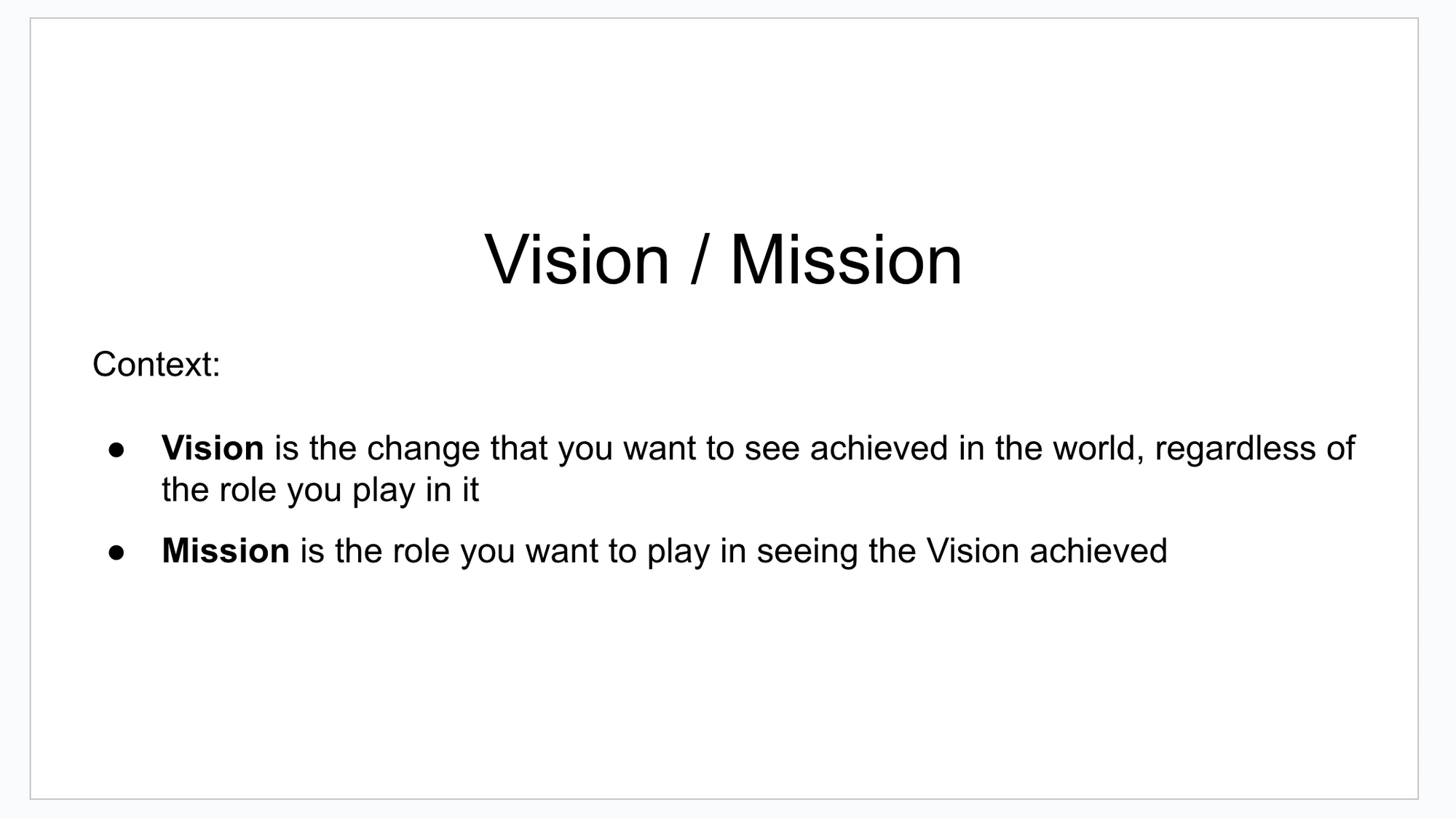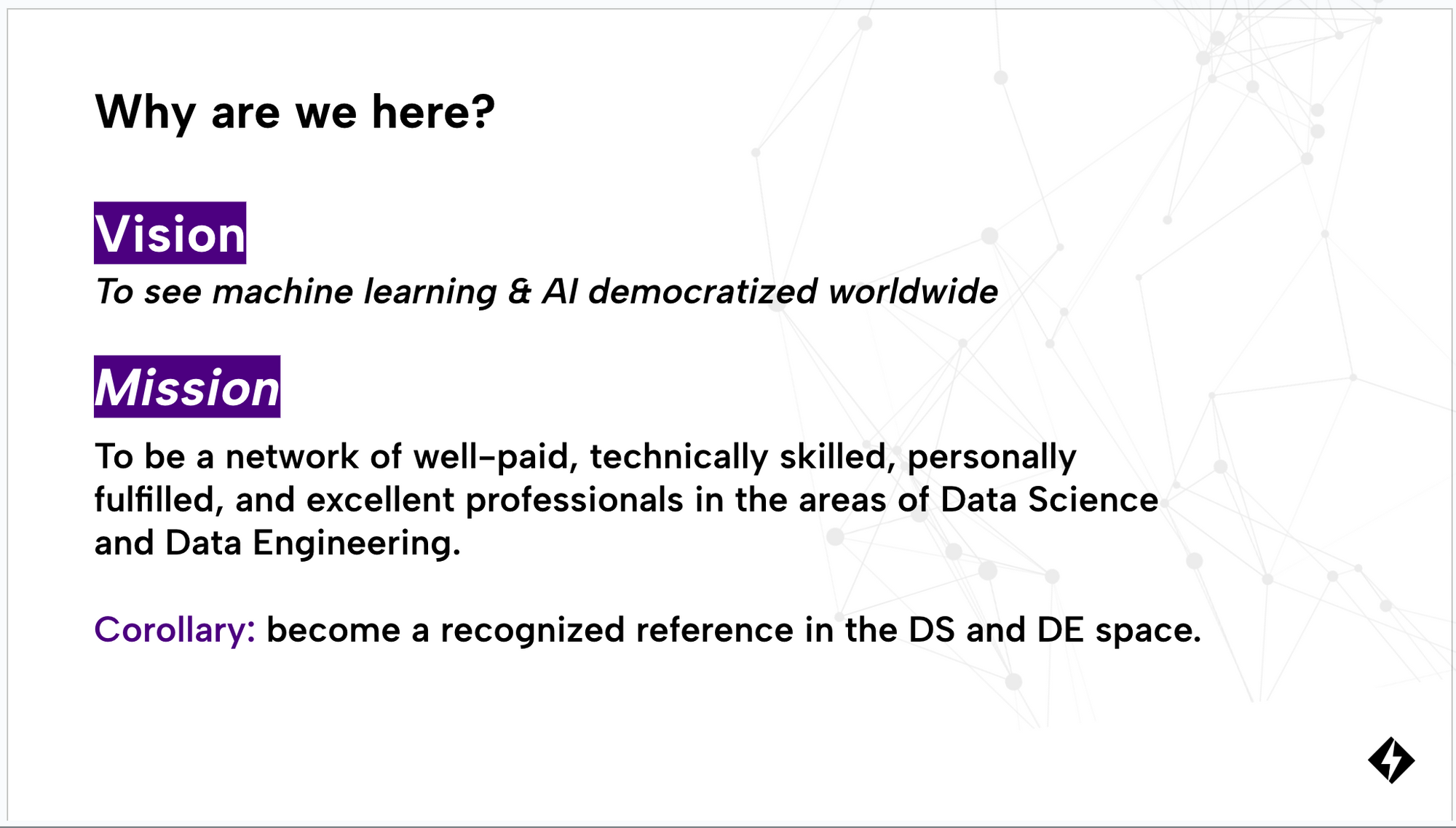One of the fundamental challenges in any growing company is maintaining effective communication and ensuring that employees remain engaged with the organization's mission.
Human cooperation has always been dependent on shared beliefs and narratives. However, as groups grow beyond a certain size, these shared beliefs become harder to sustain. This has significant implications for how companies function as they scale.
Yuval Noah Harari, in Sapiens: A Brief History of Humankind
The Disconnection Problem
Since the first DareData State of the Union that this slide has been around


In my career, I have been close to the reality of large corporations—DareData's main clients are some of the biggest Portuguese companies. At the same time, I have seen DareData itself grow from a small team of 4 people to a company of 70 people (and counting).
During a meeting at one of these large corporate companies, I found myself reflecting on how we can ensure that DareData remains a place where people continue to believe in its mission and vision. At what point does company size make that belief difficult to sustain? What is the limit before communication challenges and disengagement take over?
In the wake of the Cognitive Revolution, gossip helped Homo sapiens to form larger and more stable bands. But even gossip has its limits. Sociological research has shown that the maximum ‘natural’ size of a group bonded by gossip is about 150 individuals. Most people can neither intimately know, nor gossip effectively about, more than 150 human beings.
Even today, a critical threshold in human organisations falls somewhere around this magic number.
Yuval Noah Harari, in Sapiens
In large organizations, employees no longer have a direct line to the company's founders or executive team. Instead, their perception of the company’s values, vision, and purpose is filtered through multiple layers of management. This can lead to inconsistencies in messaging and a weakening of the shared belief in the company’s mission. Employees often end up seeing their role in the company as transactional rather than mission-driven.
Systems Over Individuals
One of the most common mistakes companies make when trying to solve the companies biggest issues is focusing on individuals rather than the system they operate within. Poor performance is rarely just about the person—it’s about the processes, structures, and workflows they are part of. If a system is flawed, even the most talented employees will struggle, and new hires will quickly adopt the same behaviors as those before them.
Instead of replacing individuals, companies should focus on refining their systems
Conway’s law. “Organizations which design systems … are constrained to produce designs which are copies of the communication structures of these organizations.” Conway’s law tells us that an organization’s structure and the actual communication paths between teams persevere in the resulting architecture of the system built
A strong system creates a self-sustaining environment where employees can perform at their best, stay engaged, and feel a genuine connection to the company’s mission. If DareData and other growing companies want to maintain a strong culture, the focus should not just be on hiring great people but on building great systems that empower them to succeed.
As companies grow, as technology evolves, and as projects shift, organizations must continuously adapt their communication systems. Maintaining a strong sense of purpose and engagement requires more than just good leadership—it demands intentional structures that foster clarity, alignment, and trust. By prioritizing adaptable systems over static hierarchies, companies can navigate change effectively while ensuring that employees remain connected to the mission. In the end, it is not just about scaling a business but about scaling the systems that sustain its culture and vision.
